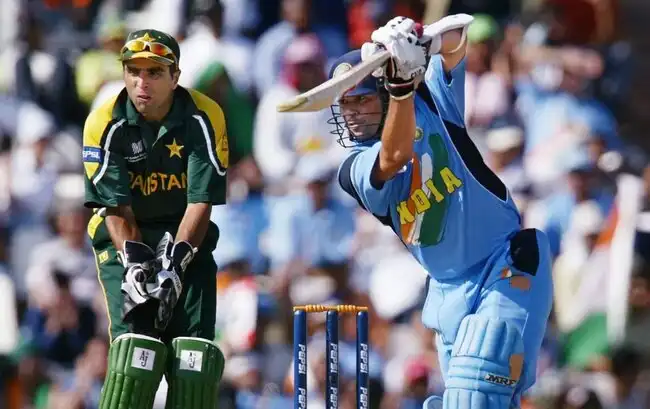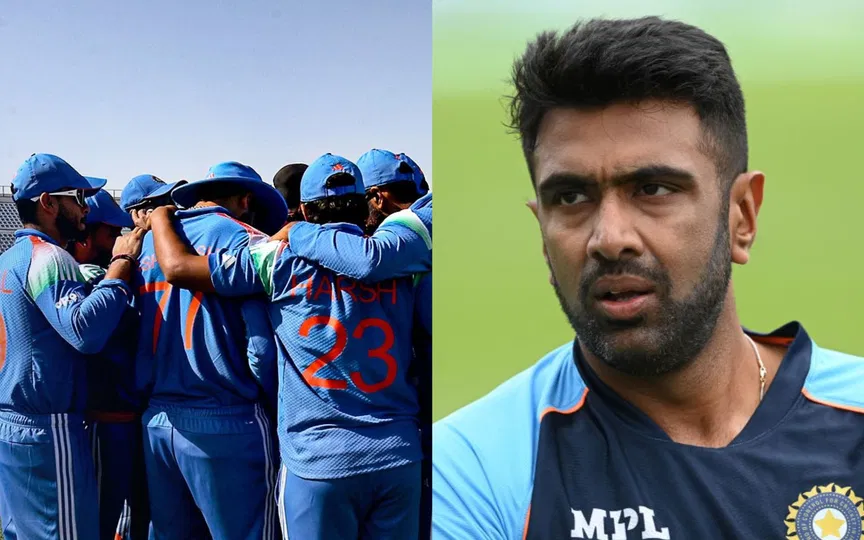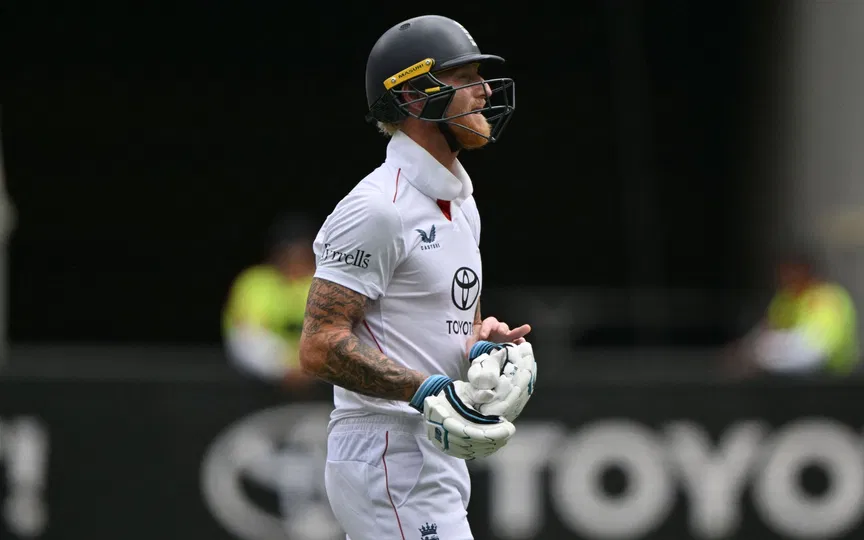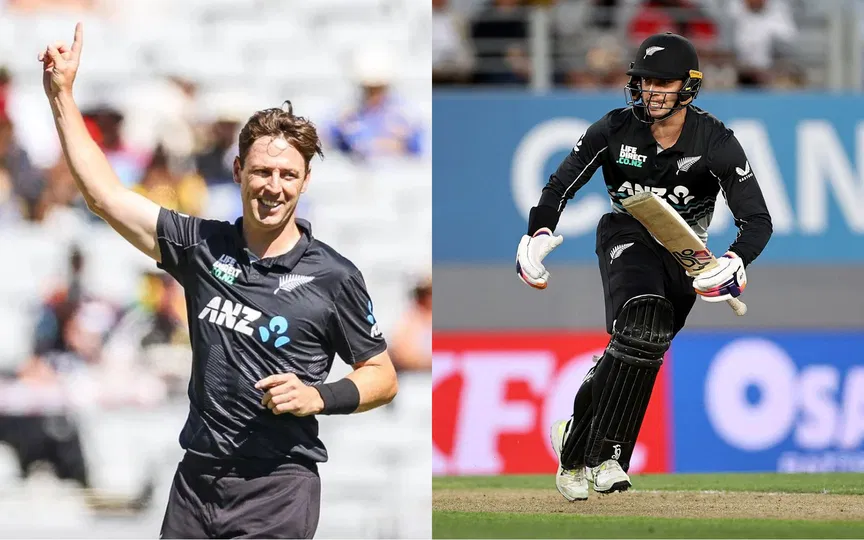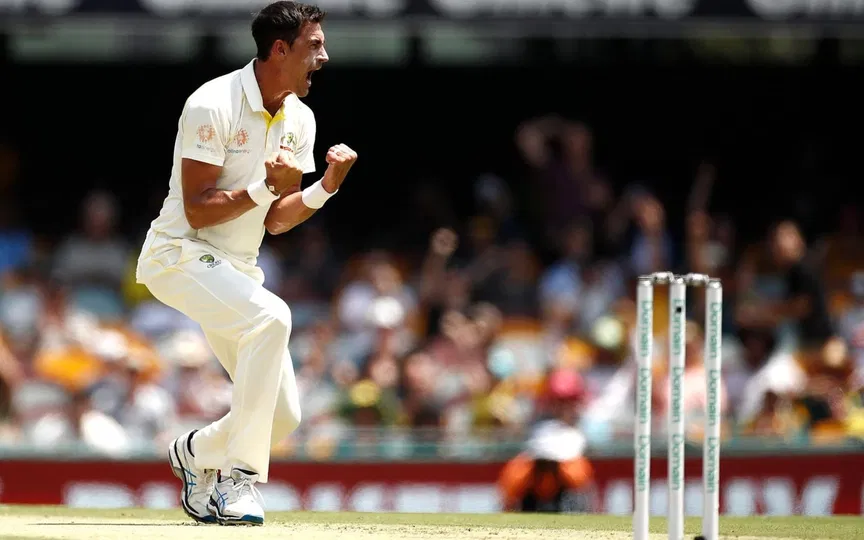![Gordon Greenidge and Viv Richards [Source: X/@ICC]](https://onecricketnews.akamaized.net/parth-editor/oc-dashboard/news-images-prod/1763794057478_ICC1(1).jpg?type=hq) Gordon Greenidge and Viv Richards [Source: X/@ICC]
Gordon Greenidge and Viv Richards [Source: X/@ICC]
Fifty-one years ago, India inaugurated a cricket stadium that would become an iconic hub, hosting many memorable matches and serving as home to a well-known IPL team. On the same day, two legendary West Indian players made their mark in a Test match, setting the stage for their dominance in world cricket and future World Cup victories.
The legacy of M Chinnaswamy Stadium
On 22 November 1974, India played West Indies in the first-ever Test in Bangalore, at what is now called the M Chinnaswamy Stadium. Originally known as the Karnataka State Cricket Association Stadium, it was later renamed after BCCI president Mangalam Chinnaswamy (1977-1980).
The ground has hosted over fifty international matches, including the 1996 World Cup quarterfinal between India and Pakistan, as well as the tied India-England match in the 2011 World Cup. It is also home to the Royal Challengers Bangalore IPL team, the only franchise to win both Men’s and Women’s IPL.
In the first Test, West Indies, under Clive Lloyd, introduced new batters Vivian Richards and Gordon Greenidge from Antigua and Barbados, respectively. India won the toss and chose to field, allowing both debutants to bat on day one.
Greenidge's giant step into Test cricket followed by a humble start from Richards
Greenidge started the innings alongside Roy Fredericks, who had to leave the field, retired hurt. With the score on 38 without loss, Alvin Kalicharan joined Greenidge. The pair batted smoothly, as the Indian bowlers struggled to apply any real pressure. With Bishan Singh Bedi unavailable, India relied on Erapalli Prasanna, Bhagwat Chandrasekhar, and S Venkataraghavan.
Once Greenidge settled in, he played with confidence despite it being his debut match. He showcased remarkable composure for a newcomer, handled the Indian bowlers effectively, and formed a steady partnership with Alvin Kalicharan.
Greenidge's ability to adapt quickly to the conditions and the pressure of an international Test was evident in his batting. He appeared poised for a century but was unfortunately run out for 93, setting the tone for his success in world cricket. His impressive innings featured 13 boundaries and 3 sixes.
After Greenidge’s dismissal, Richards came to bat and began his international career with a four. Unfortunately, that turned out to be his only scoring shot, as he was caught by Erapalli Prasanna off Chandrasekhar.
Kalicharan finished with 124, leading West Indies to a total of 289. India managed to score 260 runs, giving West Indies a small lead.
The storm unleashed: Giant steps of Caribbean geniuses
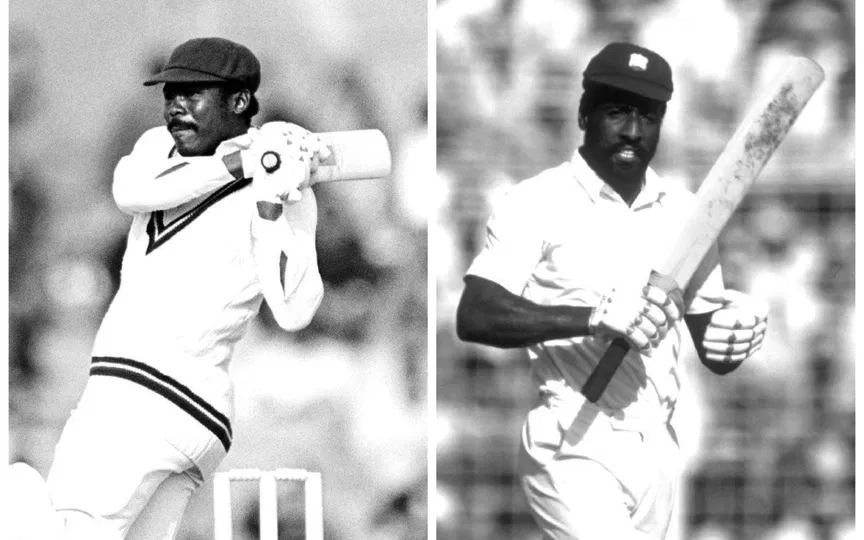 Image source: X/@ICC
Image source: X/@ICC
In the second innings, Greenidge continued his good showing. He played aggressively with determination to reach his maiden century. Although Richards was dismissed for 3, Greenidge partnered with Lloyd for a crucial 207-run fourth-wicket stand. Lloyd scored a quick 163, while Greenidge made history as the first West Indian to hit a debut hundred abroad.
India struggled on day five as the batters hardly had any fight in them, collapsing for 118 with two of their key batters, Farokh Engineer and the captain, Mansur Ali Khan Pataudi, absent hurt.
For Viv Richards, the debut was unremarkable, but he was certain not to let his first outing define his international career, especially after the impressive debut of Gordon Greenidge. He responded spectacularly with an unbeaten 192 in the following Test at Delhi that gave a glimpse of what was in store for world cricket in the years to come.
Eventually, both went on to play over 100 Tests and ODIs for the West Indies. Greenidge scored 12,000+ runs internationally, while Richards surpassed 15,000 runs.
The duo became an integral part of the all-conquering West Indies side of the 1970s and 1980s, scripting some of the most memorable innings in both formats and forging an unparalleled legacy that is part of cricket’s folklore forever.
